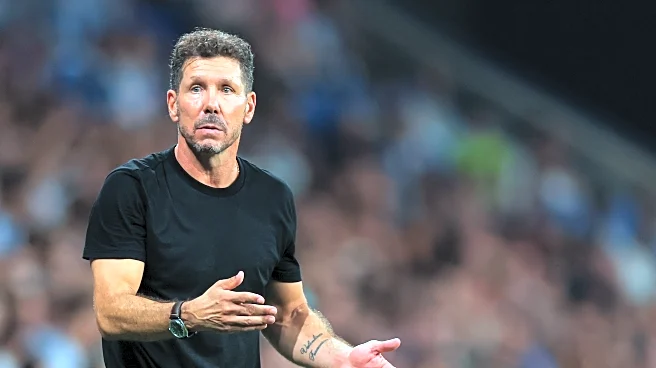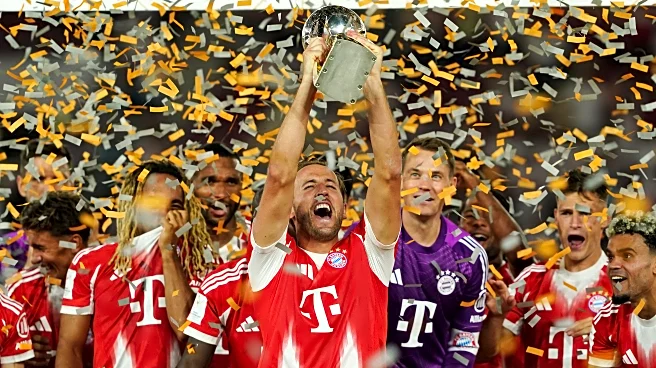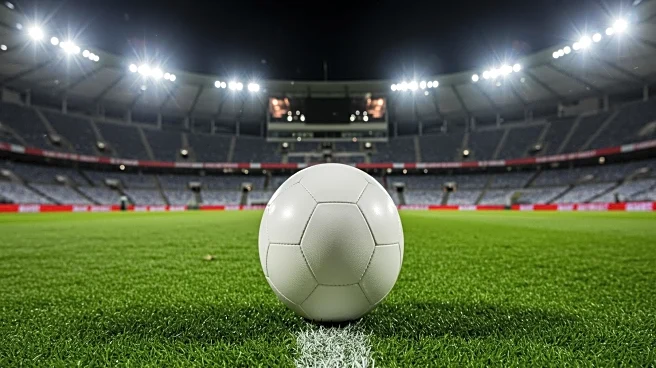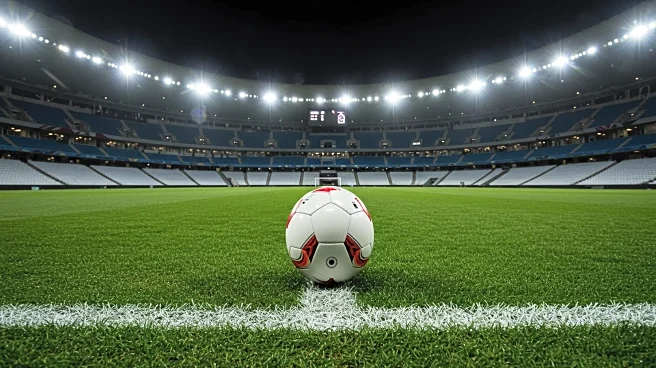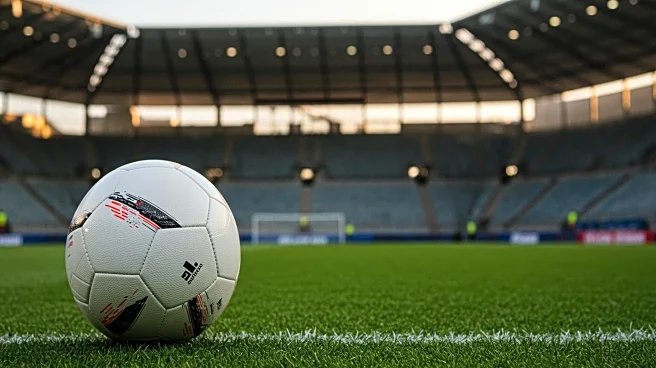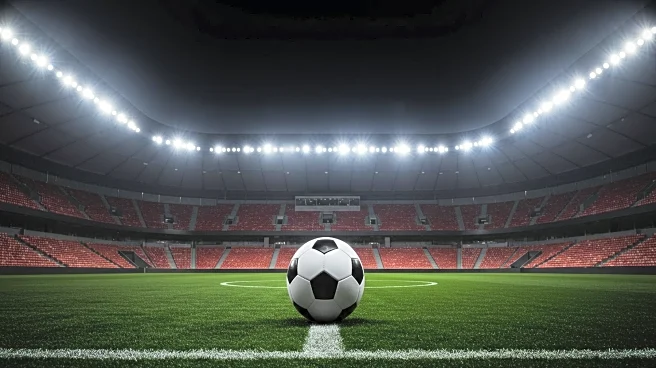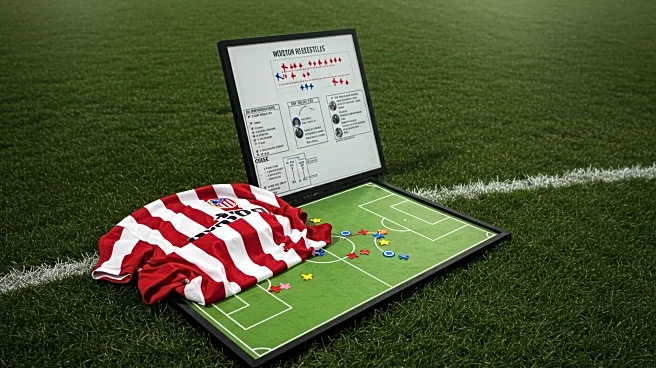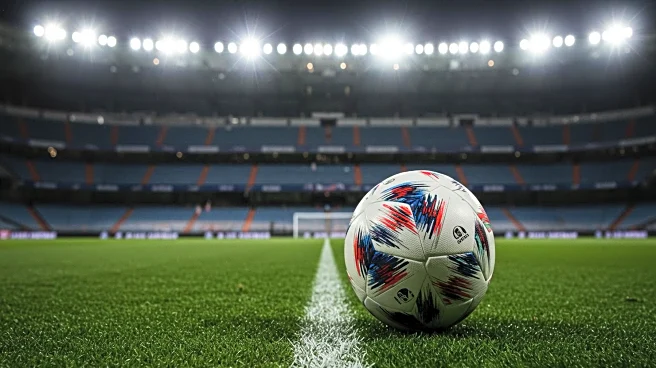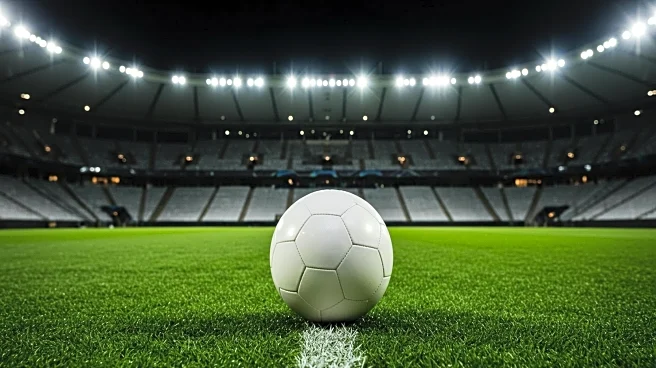
The fallout of Atlético Madrid’s shock opening day defeat to RCD Espanyol has been nothing short of existential.
After all the money spent on new players and the big clearout of deadwood, the same concerns still loom overhead. Manager Diego Simeone took a lot of flak for his decision to take off Johnny Cardoso at halftime, Álex Baena and Thiago Almada after 67 minutes, and to not introduce Alexander Sørloth until the last 10 minutes — decisions he has since said he will learn from.
Now in his 15th
season at the Atleti, seemingly without any excuses, more fans than ever are questioning if El Cholo is still the right man to lead this new-look side into the next phase of the club’s development.
And as a fierce supporter of the Argentine, even I admit that this season is his last chance to keep his place on the touchline at the Metropolitano.

It’s been quite the (almost) 14 years. On that December 23 in 2011, with the club spiraling toward another historic relegation, not even the most optimistic — or delusional — Colchonero could have predicted the trajectory that the club went on to take.
Diego Simeone was a vibes appointment. The guy who, as a player at Atleti, won the double in 1996 and returned in the twilight years of his career, coinciding with the rise of Fernando Torres. He had the rojiblanco DNA.
Sure, El Cholo also had success as a manager. An Apertura victory with Estudiantes and a Clausura win with River Plate were respectable honours in South American football.
But what he was taking on was a whole new beast.
Without going over old ground, available in the many pieces out there that go through his immense triumphs in Spain, it’s fair to say that Simeone surpassed all expectations and knocked the behemoth of a challenge that lay before him out of the park.
Arguably singlehandedly, Simeone has totally transformed this club. Ambitions have been rewritten, a shiny new 70,000-seater stadium is entering its eighth season of use, and now the squad has a value higher than that of the club as an entity in 2011.
However, what was once the miraculous underdog story of punching far above the club’s weight has now turned into the opposite: underachievement.
Here, I attempt to explain the paradox surrounding Simeone in 2025, and why this season is his last chance to prove his worth as one of the world’s best managers.

There are many different types of Atlético Madrid fan, ranging in age, relation to the club, expectation and general football knowledge.
Depending on where the fan you are speaking to sits along these spectrums, you will get all manner of answers when asking, “are you Simeone in or out?”
Being from a family with a long and intimate relationship with the Atleti since the days of Ben Barek, Gárate and Collar, I feel well-placed to gauge the sentiment of those attending week after week at the Metropolitano (and the Calderón before it, as well as the original Metropolitano), not to mention the sentiment of those I have discovered on the world wide web since I have had to follow the plights of my club from afar.
For example, if I bring up the subject with my beloved grandma, she’ll dismiss any wrongdoing of El Cholo because “you don’t know how good you have it”, referring to all the hardships the club has gone through over the years: debts, relegation, heartbreaking finals, the carousel of managers and so on.
She’s right, right? Finishing fourth place in the 2023/24 season was seen as a massive failure but would have been celebrated a tope 20 years back.
We have the luxury of one of the most fantastic multi-purpose stadiums in the world. We have the pull to attract players such as Julián freaking Alvarez to come and play for us in the absolute prime of his career.
On the other hand, were I to propose the Simeone question to one of the more outspoken members of the twitter.com/atleticofans WhatsApp group I am in (a beautiful amalgamation of rojiblancos from all four corners of the world), I would likely find a polar, less emotionally-entwined opinion than that of my beloved abuela. I’m a believer that there is at least some truth in everything, no matter how ludicrous a statement might be.
It’s not so much that we haven’t won anything for four years. More than that, it’s been four years of not even a sniff at winning something. Two Copa del Rey semi-finals are the closest Atlético objectively have been to winning a trophy (the former of those, in 2023/24, would have presented the team with a final against RCD Mallorca).
Quite frankly, it’s not been good enough.
A team with the resources and talents that Atleti have simply must challenge for trophies and give their fans reason to be hopeful beyond the end of March. It has absolutely killed me to see fans of Real Madrid, Barcelona, Athletic Club, Real Sociedad, Real Betis, Valencia, Sevilla, Villarreal, Osasuna and Mallorca experience the excitement, nerves and everything else that a major competition final brings since Atlético last won something.
I feel like Squidward Tentacles in the classic meme where he is looking out of the bars on the window of his dark gloomy house, watching SpongeBob and Patrick having the time of their lives outside.

Going through the Simeone years, we are currently traversing the longest trophy drought since he was announced as manager. The first silverware came less than six months into his appointment via the UEFA Europa League. The next season started just a couple months later and was bookended by the UEFA Supercup and the Copa del Rey triumphs. The 2013/14 campaign saw a historic LaLiga title and a Champions League final that would have completed the set just two and a half years into his reign.
After the 2014 Spanish Supercup, the next trophy did not arrive until 2018, though the years between brought something there hasn’t been in the last four seasons: excitement.
A team with the resources and talents that Atleti have simply must challenge for trophies and give their fans reason to be hopeful beyond the end of March. Quite frankly, the past four years haven’t been good enough.
Closely-run LaLiga title races that went down to the last matchday and another Champions League final kept the fans firmly in love with El Cholo, and the worry was never if he was the right man: the worry was always if he was going to accept a big money contract from those looking to lure him away from Madrid.
After the last of the Europa League successes in 2018, there was a dry period that had people questioning if time was running out for Simeone. But then he did something that all great managers must do to sustain their greatness: he reinvented the team.
A switch to a 3-5-2 formation, some position changes for the likes of Marcos Llorente and Yannick Carrasco, plus the addition of the greatest striker of the 21st century in Luís Suárez saw a completely different Simeone team lift LaLiga for the first time in seven years.
This reinvention was proof that Atlético de Madrid weren’t drifting into an Arsene Wenger-at-Arsenal type situation.
After so much initial success with the Gunners, stagnating progression and too much of an emotional connection to let Wenger go saw Arsenal unable to challenge for the trophies they once did back in the early 2000s.
In that period, when North Londoners were split in opinion over their beloved Frenchman, a certain Scotsman in the North of England was continuing to reinvent his Manchester United team over and over, winning league titles until the year he retired from management.
I have often compared Simeone to Sir Alex Ferguson over the years, much to the disgust of my Manchester United-supporting friends and colleagues. I never compared their successes, but I did compare the way they totally transformed a club into something unrecognisable from what it was when they first took over.
Not only that, but the way both men have turned average footballers into key components of title-winning sides helps draw comparisons as well. On countless occasions, we have seen players leave Atlético and fail to reproduce the same level elsewhere — to the point where many then returned to the safe nest of Simeone’s dressing room.
This ability to keep your team competitive even when your best players move on, your stalwarts retire or you have a bad season separates the great managers from the rest.
Take Pep Guardiola as another example of someone in the same shoes that Simeone is currently wearing. It is only now that we see him enter his 10th season at Manchester City that his capacity to reinvent is really being called into question.
At Barcelona, it was a stable four years for Guardiola, and at Bayern Munich there was only one iteration of his team. Now in Manchester, he is being challenged with a team that, apart from John Stones and Bernardo Silva, is completely different from the one he first managed.
Simeone, a few seasons on from the Catalan at his respective club, only has Koke from his first squad managed at the Vicente Calderón all those years back.
Something that caught the ear of a lot of people who tuned into Simeone’s first press conference of the season before the Espanyol match was when he mentioned the correlation of growth between the team and the club.
“In recent years, there was a time when the team grew more than the club, then the club caught up with the team, and then the club continued to grow and the team did not,” he said. “Now the team needs to take another step to catch up with the club.”
An explanation of this simplistic, but logical, outlook on the last 14 years can be tied back to the players he has had at his disposal, and the kind of players with whom he works best.
In the period where “the team grew more than the club” (let’s say between 2012 and 2016), the team was made up of hombres no nombres — men not names.
The likes of Koke, Diego Godín, Miranda and Raúl García weren’t superstars bought from the upper echelons of the footballing elite. But they were willing to take an elbow to the eye if it meant securing the 1-0 lead they crafted on the break in the first half.
As “the club continued to grow and the team did not”, the signings were sliding more towards the nombres until the flashpoint signing of João Felix for €126 million confirmed suspicions that the club saw themselves dining at the table of Europe’s elite. But so far in the 2020s, a shift away from the traditional defensive style of football so synonymous with El Cholo has brought more way more goals without the ability to convert that into sustained success.
This poses the doubt that Simeone just isn’t capable of finding a way to win with a squad full of more talented but less physical players. Perhaps he’s better off taking another of his former clubs like Sevilla, sticking that knife back between his teeth, signing a load of average hard bastards to ruffle a few feathers, and shithousing his way to a league title and two Champions League finals.
Of course, it would mean that Atlético have to find a replacement. A question for another time perhaps: the list of potentials is not long, and of those, I suspect very few would be a desirable option for the growing fan base.

We’ll miss him when he’s gone, and we’ll look back on this era with a fondness like no other. But should we go another season with nothing to play for in the month of May, I will be joining the “Simeone Out” brigade in the least malicious way possible. I would be gently ushering him out rather than shoving him through the door, but my position that I have been pondering for some time now will be solidified.
Diego Simeone, on behalf of rojiblancos around the world, I’m asking that you excite us.
Please.
